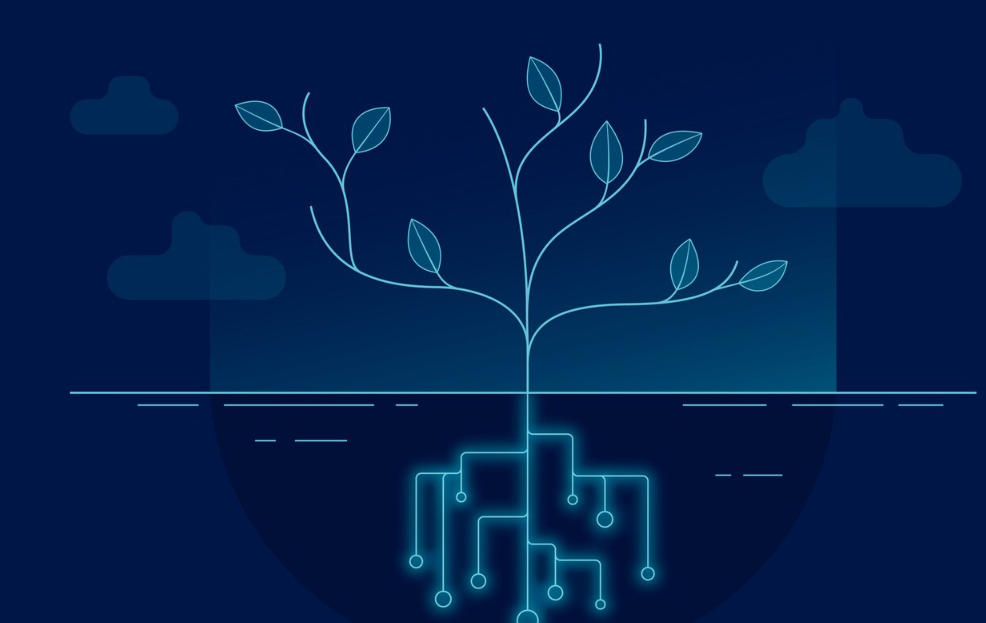In a world driven by rapid technological change, innovation is often associated with the new, the futuristic, and the unknown. Yet, some of the most compelling design today draws from a surprising source: nostalgia. By weaving memory into modern experiences, designers are creating products that feel emotionally resonant, familiar, and timeless. This fusion is what we call nostalgic innovation.
The Power of Nostalgia in Design
Nostalgia isn’t just sentimental longing—it’s a powerful psychological force. It evokes a sense of comfort, identity, and emotional connection. When used thoughtfully in design, it can bridge generations, inspire trust, and make technology more human.
Whether it’s the warm glow of vintage color palettes, the satisfying click of a mechanical keyboard, or the rounded plastic aesthetic of 90s electronics, memory-based design taps into emotion over function—and that’s exactly its strength.
Where Memory Meets Modernity
Nostalgic innovation isn’t about going backward. It’s about taking elements of the past and reimagining them with modern technology, standards, and usability. Some popular examples include:
- Retro-styled tech: Devices like the Fujifilm Instax or the Playdate console bring back tactile, analog-like interactions with digital underpinnings.
- UI and UX design: Apps that mimic VHS filters, pixel art, or skeuomorphic elements create playful, emotionally rich experiences.
- Fashion-tech hybrids: Wearables that look like classic watches but feature smart sensors underneath.
- Game design: Indie games inspired by 8-bit and 16-bit eras, using pixel art and chiptune music with deep, modern gameplay mechanics.
Why It Works
1. Emotional Engagement
People are more likely to connect with and remain loyal to products that make them feel something. Nostalgic design taps into personal memories and shared cultural references.
2. Contrast to the Coldness of Tech
As interfaces become flatter, smarter, and more automated, nostalgia adds warmth and character. It brings a human dimension to otherwise sterile environments.
3. Brand Differentiation
In saturated markets, standing out is difficult. A nostalgic aesthetic can provide a unique visual and emotional identity that differentiates a brand or product.
Design Strategies for Nostalgic Innovation
- Start with Story, Not Style
Good nostalgic design isn’t about slapping a retro skin on a modern product. It starts with understanding the story you’re telling—and how memory enhances that experience. - Blend the Old with the New
Mix vintage aesthetics with modern functionality. An old-school design should still meet today’s usability and accessibility standards. - Use Nostalgia as a Flavor, Not the Recipe
Overreliance on nostalgia can feel gimmicky. Use it as a layer, not the foundation. Let the experience stand on its own, with nostalgia enriching rather than carrying it.
Risks and Considerations
- Cultural Bias: Not all nostalgia is universal. What resonates in one culture or generation may not in another.
- Form Over Function: Too much focus on aesthetic can harm usability. Always prioritize user needs.
- Stagnation: If overused, nostalgia can hinder true innovation. It’s important to balance respect for the past with a vision for the future.
The Future of the Past
Nostalgic innovation is more than a trend—it’s a tool. It reminds us that innovation doesn’t have to abandon memory. In fact, some of the best design happens when we bring the past into conversation with the present.
As technology continues to evolve, integrating memory into design might just be the key to creating more meaningful, emotionally rich, and human-centered experiences.


